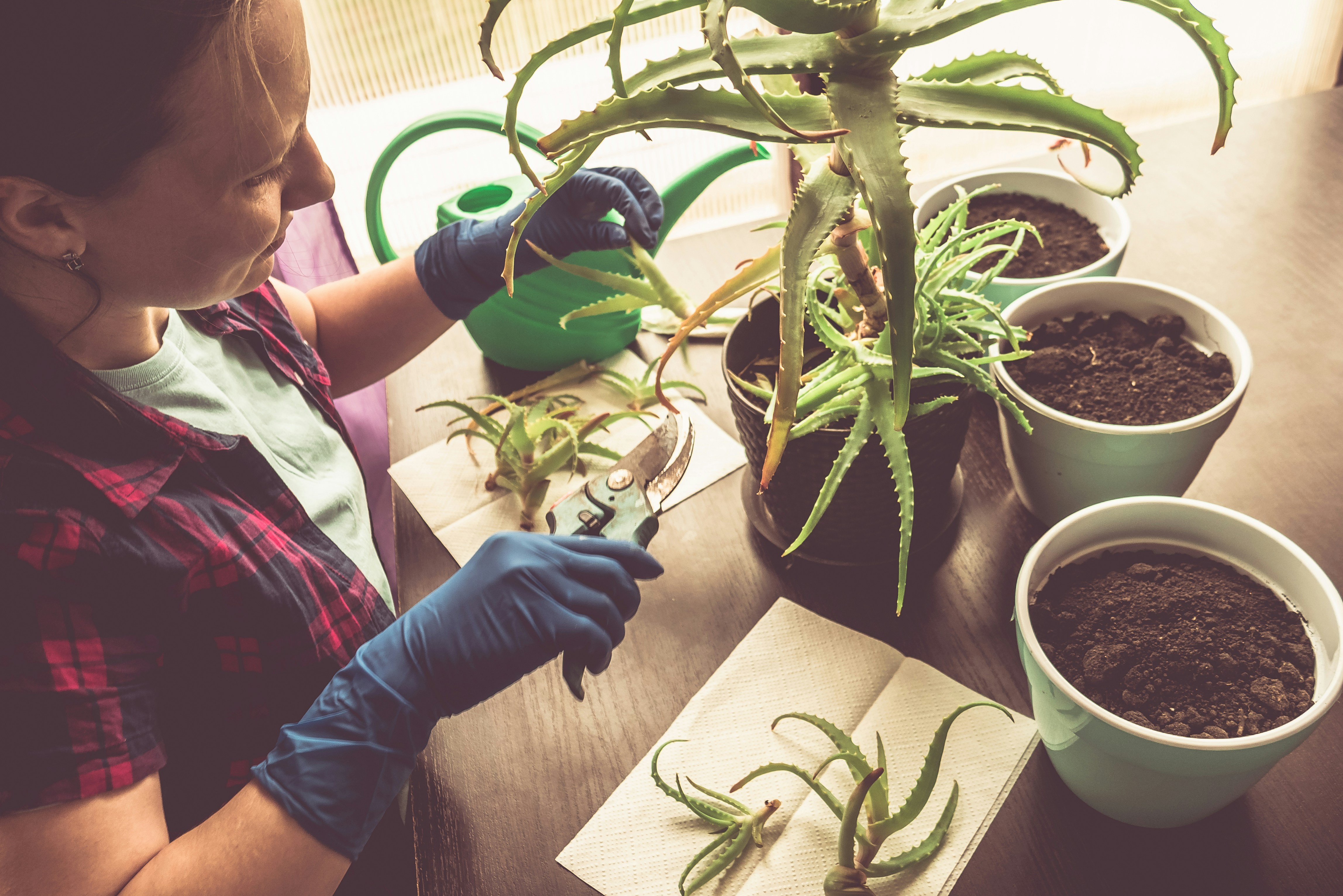Introduction to Python in Horticulture
Python is a versatile programming language that has become increasingly popular in various fields, including horticulture. It enables professionals and enthusiasts alike to automate tasks, analyze data, and visualize results effectively. Understanding some key terminology related to Python is essential for anyone looking to leverage its capabilities within the horticultural sector.
Key Python Terms for Horticulturists
1. **Library**: A library in Python is a collection of pre-written code that allows users to perform specific tasks without having to write code from scratch. For instance, libraries like Pandas and NumPy are commonly used for data manipulation and analysis in agriculture.
2. **Function**: Functions are blocks of reusable code that perform a particular operation. In horticulture, functions can be utilized to calculate plant growth rates or assess soil moisture levels automatically.
3. **Data Frame**: A data frame is a two-dimensional data structure that is similar to a table in a database. It is particularly useful for organizing data related to plant experiments and monitoring growth patterns over time.
Implementing Python in Horticulture
To effectively implement Python in horticulture, understanding these terms is just the beginning. Familiarity with the coding process and practical applications like creating models for crop predictions or developing irrigation management systems can greatly enhance productivity and sustainability in the industry.
By grasping this glossary of Python terminology, horticulture professionals can better communicate and collaborate with data analysts and programmers, ultimately driving innovation in their practices.
Glossary on Python in Horticulture
A
ANOVA (Analysis of Variance): Statistical test in Python (via scipy.stats or statsmodels) used to compare means across multiple horticultural treatments.
API (Application Programming Interface): Allows Python to connect with external horticultural databases or sensor networks.
Array: A collection of horticultural data values (e.g., temperature readings) stored efficiently using NumPy.
B
Bioinformatics: Application of Python for analyzing plant genomes and gene expression in horticultural crops.
Boxplot: Graphical representation used to visualize variation in fruit size or yield using matplotlib or seaborn.
C
CSV (Comma-Separated Values): File format for experimental data; handled in Python using pandas.
Clustering: ML technique to group similar plant genotypes based on traits using scikit-learn.
Correlation Matrix: Visualizes relationships between horticultural parameters using pandas.corr() or seaborn.heatmap().
D
DataFrame: pandas structure for managing tabular horticultural data (samples vs. traits).
Data Visualization: Use of matplotlib, seaborn, or plotly to visualize growth, yield, or physiological trends.
Decision Tree: ML model for predicting outcomes such as disease resistance or yield.
E
EDA (Exploratory Data Analysis): Summarizing horticultural datasets to detect patterns and outliers.
Environmental Variables: Python processes sensor data (temperature, humidity, light intensity) for experiments.
F
Feature Selection: Identifying key traits influencing yield using ML libraries.
For Loop: Automates repetitive tasks like reading multiple datasets or calculating averages.
G
Gene Expression Analysis: Using Biopython for analyzing gene regulation in crops.
GIS (Geographic Information System): Integration of spatial data for mapping crop distribution or soil type.
H
Heatmap: Visualization showing relationships among horticultural parameters (e.g., temperature vs. fruit set).
Hypothesis Testing: Conducting t-tests or ANOVA to compare horticultural treatments.
I
Image Processing: Using OpenCV or scikit-image for leaf, fruit, or disease image analysis.
Indexing: Selecting specific plant data from a DataFrame.
L
Linear Regression: Statistical model relating horticultural variables like yield to environmental factors.
Library: Collection of Python modules like NumPy or pandas used for data analysis.
M
Machine Learning: Using Python libraries to predict yield or detect diseases.
Matplotlib: Python library for creating horticultural data plots.
Mean, Median, Mode: Descriptive statistics calculated using Python for summarizing plant data.
N
NumPy: Library for numerical computations in horticultural modeling.
Normalization: Scaling horticultural data for better analysis in ML models.
P
Pandas: Core library for data manipulation and analysis in horticultural research.
Phenotyping: Automated measurement of plant traits using Python-based image analysis.
Plotly: Interactive visualization tool for horticultural data trends.
R
Regression Model: Analyzes relationships between horticultural traits.
Random Forest: ML method predicting outcomes like disease susceptibility or yield.
S
Seaborn: Visualization library used for advanced horticultural plots.
Sensor Data Analysis: Processing real-time horticultural data from IoT devices.
Simulation: Modeling crop growth or irrigation systems using Python.
T
T-test: Statistical test comparing two horticultural treatments.
Time Series Analysis: Analyzing seasonal horticultural data using statsmodels or pandas.
V
Variable: Symbolic name for storing horticultural data like yield or leaf area.
Visualization: Graphical presentation of horticultural research findings.
W
Weather Data Analysis: Analyzing meteorological data to study effects on crops using Python.
Glossary on Python in Horticulture
The Future of Farming: Bridging Python Programming and Agriculture



The Future Of Farming: Bridging Python Programming And Agriculture
[…] Essential Python Terminology for Horticulture Enthusiasts […]